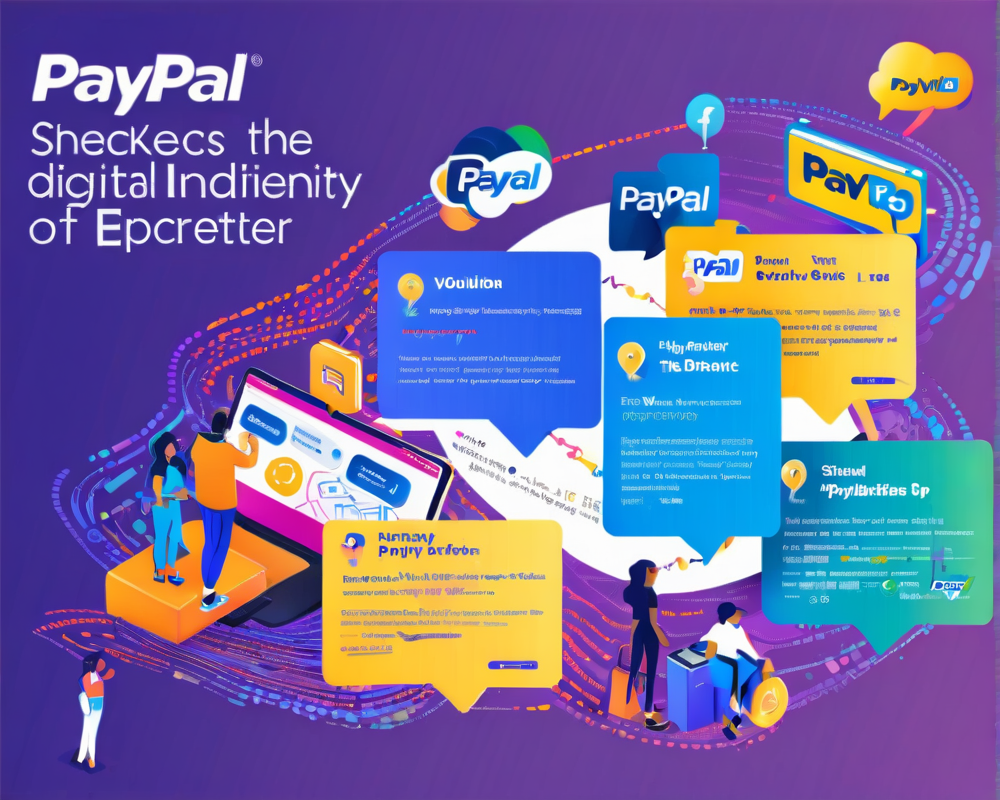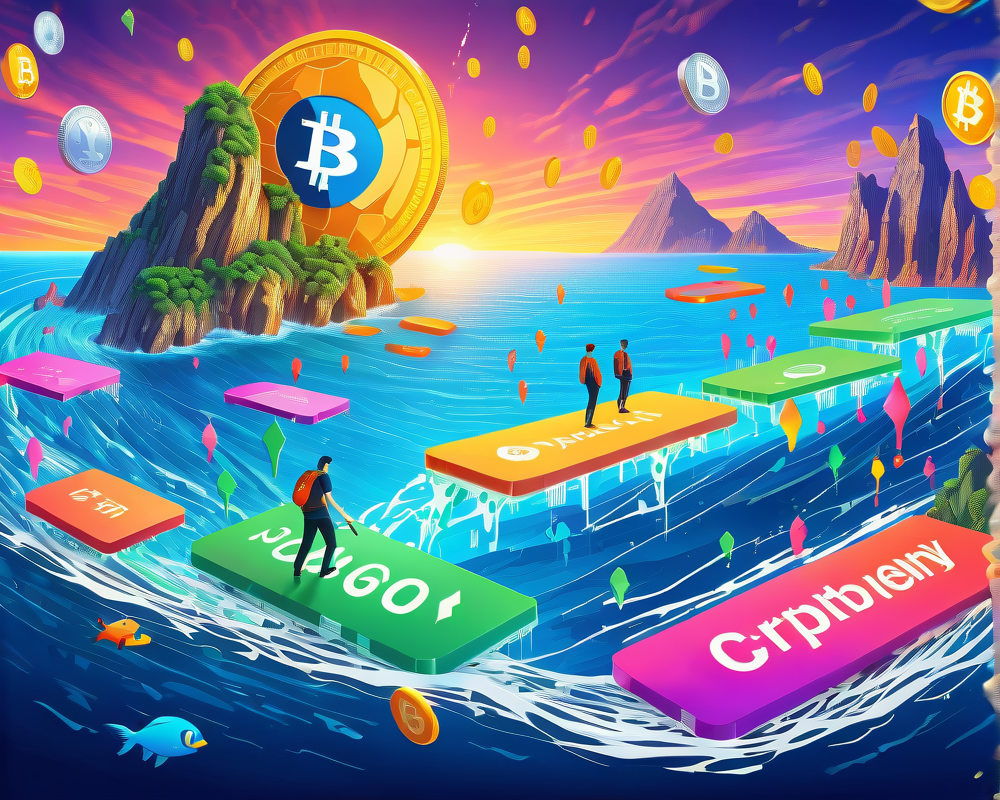The Internet’s Genesis: How It All Began
Ah, the 1990s—a time of grunge music, flannel shirts, and a little thing called the consumer internet. It was like a new kid moved into the neighborhood who didn’t just Bring their lunch to school, but also the entire cafeteria menu! Email came into play, sparking a communication revolution faster than a schoolyard rumor. Soon, everyone was trying to introduce digital cash, but PayPal was that one friend who just got it right.
PayPal: The Pioneer of Digital Transactions
Founded in 1998, PayPal made online payments feel as easy as pie—assuming you can bake a pie without burning it, of course. Its key features, security and simplicity, helped users send money like it was just another email. No more worrying about credit card fraud. Now, you could buy that weird cat-themed lamp on an obscure website without fear of being robbed by the digital boogeyman.
From Complexity to Intuitiveness: The Evolution of Online Services
Fast forward through the dial-up tones and buffering videos, and you’d find that navigating online services was once as complicated as assembling IKEA furniture without the instruction manual. Imagine setting up an email client—what a wild goose chase! Today, though, digital payments and information flow like a smooth, well-oiled machine… mostly. The early barriers to entry were practically medieval—protecting your card details was like using a butter knife as a sword.
The Era of Web2: Convenience or Control?
We’ve since ended up in the era of Web2, where banks have become as accessible as your favorite online shopping platform. Apps rule the roost, allowing users to conduct banking on the go—because why break out your checkbook when you could be in line for coffee, right? However, these apps tend to be like exclusive clubs: gated and indifferent to individuality. Venmo, Cashapp, and others created a walled garden where you can send money, but don’t you dare venture too far!
Unlocking the Future: Web3 and Digital Identity
Enter Web3: the digital universe where your identity isn’t just a bunch of ones and zeros. Well, it started that way but has evolved into something more user-centric. Think of it as the trust-fund kid of technologies: blessed with the right building blocks to create a decentralized future but still awkwardly knocking on the door of mainstream adoption. Public keys and blockchain technology might sound trendy, but let’s face it, they read like a chemistry textbook. What happened to ease of use?
Innovations in Digital Identity
- Ethereum Name Service (ENS): Simplifies communication through human-readable addresses.
- Unstoppable Domains: Blockchain-based domains give you perpetual online identities.
- Y.at: Creates digital usernames out of emojis—because everybody loves emojis!
Challenges in Adoption: The “Mom Test”
Yet, as exciting as this all sounds, lack of understanding among everyday users (sorry, moms!) keeps Web3 from reaching full throttle. The dreaded “mom test” reveals just how daunting using these systems can be. So, what’s the takeaway? If you can’t explain it to your mom, we’ve got work to do.
Envisioning a Bright Future for Digital Identity
While we may be stuck in the awkward phase of Web3, the potential for a more open financial and digital identity system is like a bright light at the end of a dark tunnel. As advancements unfold and user-friendliness takes center stage, we can be hopeful that our digital lives will become as simple as a well-configured email account and as secure as a vault.




